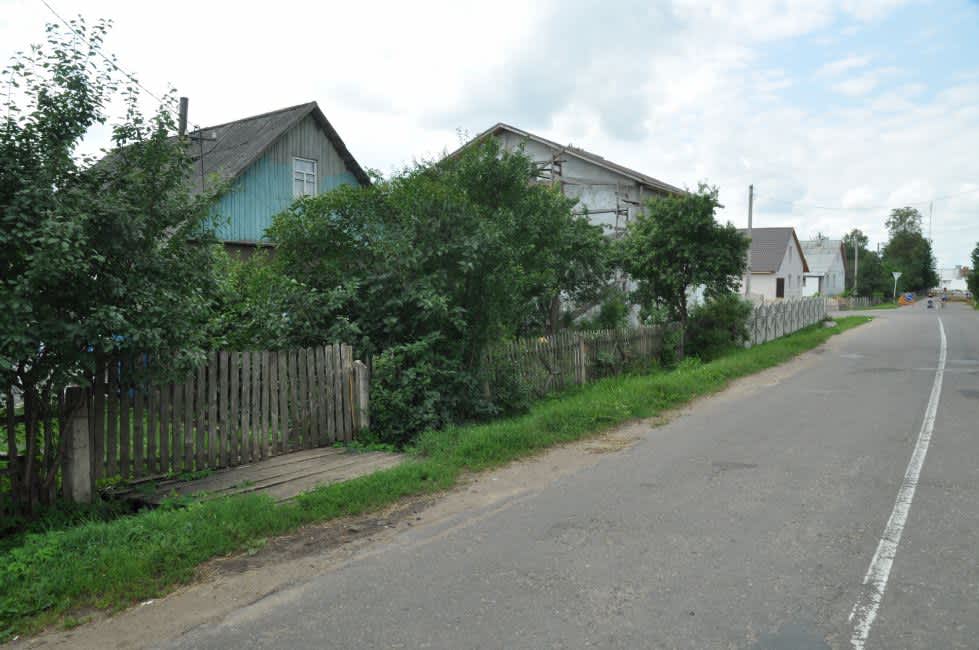
Liozno
During the era of Soviet rule, many Jews practiced artisan trades (some in cooperatives), several accepted white-collar jobs in Soviet institutions, and a few turned to farming. Urbanization and industrialization in the Soviet Union induced many Jews to leave Liozno. In 1939, 711 Jewish inhabitants (18 percent of the total population) remained in the town. Liozno had a government school in which lessons were taught in Yiddish.
The Germans occupied Liozno on July 17, 1941. All the Jews were ordered immediately to wear armbands bearing the Star of David, and their homes were looted. Later, the town’s Jewish inhabitants were concentrated in a ghetto comprising thirty to forty houses along a single street. In the autumn of 1941, six elderly Jews were murdered. Belarussian police periodically raided Jewish homes, beating and robbing the occupants. Jews captured in the vicinity were also brought into the ghetto, particularly refugees fleeing from Vitebsk, Minsk, Orsha and elsewhere.
Liozno was liberated by the Red Army on October 8, 1943.

